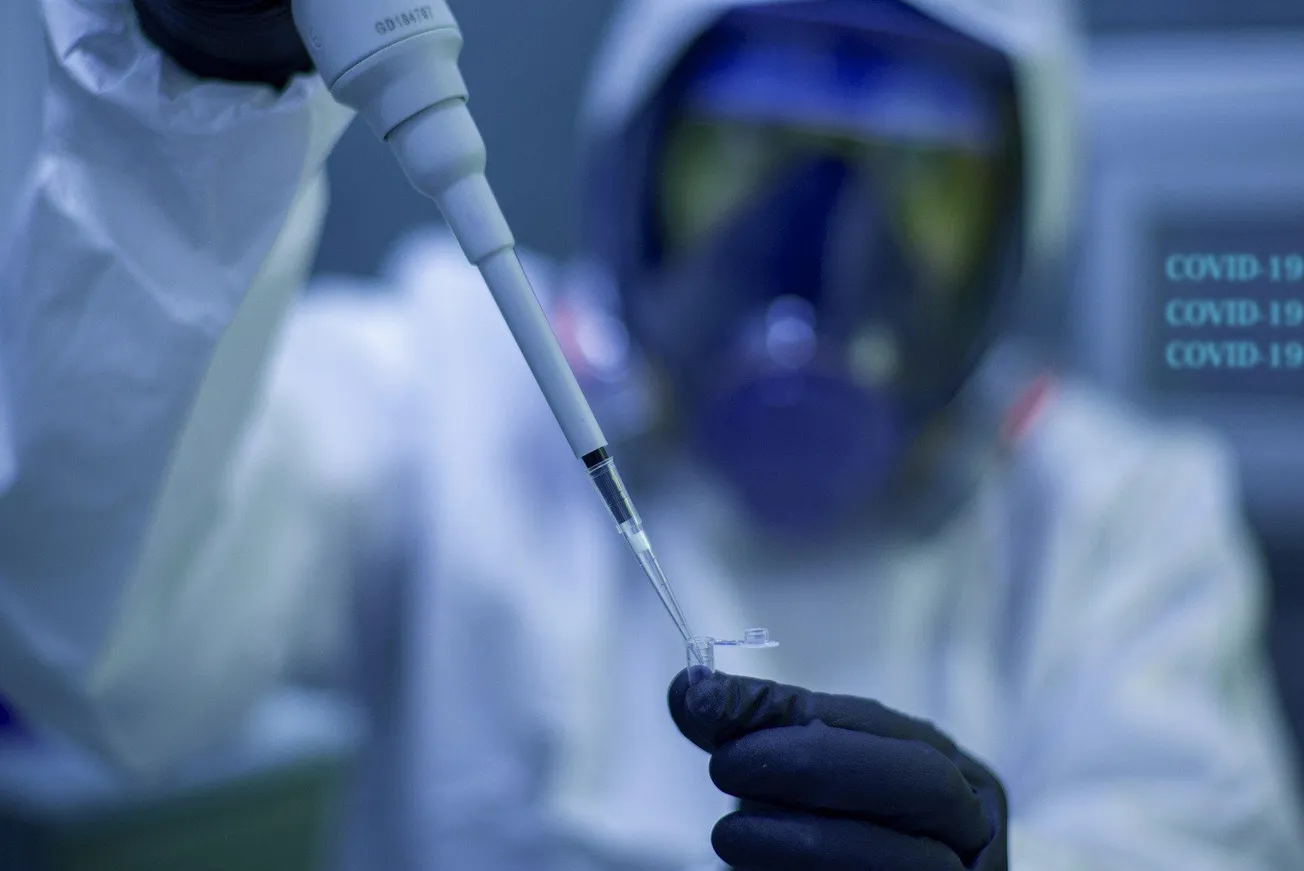A report titled “The Origins of SARS-CoV-2: A Critical Review” was released July 7 by an international team of biologists and virologists.
The report considers the evidence for zoonotic transmission and the lab leak hypothesis. On zoonotic transmission, they remark that the distance between the Yunnan caves, renowned for bat coronaviruses, and Wuhan is nothing to be surprised about, for two reasons: (1) a disease requires a certain population density to become an epidemic, and Wuhan is a large city, a center of trade and transport; (2) the original outbreak of SARS was similarly located far from Yunnan, where its animal source was found.
As a parallel to SARS-CoV-2, they point to HCoV-HKU1 was another coronavirus first described in a large city (Shenzhen) in the winter (of 2004) of unknown animal origin, with a furin cleavage site, and first identified in a case of human pneumonia.
Tracking of early cases does indeed show a significant connection to the Huanan market and other markets. Traces of SARS-CoV-2 were found at the Huanan market, although the types of animals susceptible to SARS-CoV-2 were not among the specific animals that were located and tested.
On the laboratory hypothesis, they point out that there were no reported cases of COVID-19 among the lab workers, all of whom were seronegative on testing in March 2020. The RaTG13 virus at WIV, although the closest known virus to SARS-CoV-2, is still pretty far away, and should not be considered its predecessor. They point to adaptations and mutations that SARS-CoV-2 has made to live in mice, and remark that the original virus lacked these adaptations, which goes against the claim that it arose from humanized mice. The numerous variants that have made SARS-CoV-2 more transmissible tend to oppose the hypothesis that it emerged fully formed, extremely well suited to attack human beings. The furin cleavage site, which has attracted much attention and speculation, is not unusual. MERS-CoV has it, as do several endemic human betacoronaviruses. The fact that the site is not ideal argues against its deliberate introduction. As for the CGG codon at the site, although it is rare in coronaviruses overall, it is seen in SARS-CoV, SARS-CoV-2 and other human coronaviruses at comparable frequencies.
They conclude that “there is currently no evidence that SARS-Cov-2 has a laboratory origin. There is no evidence that any early cases had any connection to the WIV, in contrast to the clear epidemiological links to animal markets in Wuhan, nor evidence that the WIV possessed or worked on a progenitor of SARS-CoV-2 prior to the pandemic.” As for WIV coincidence, they remark that “Wuhan is the largest city in central China, with multiple animal markets, and is a major hub for travel and commerce, well connected to other areas both within China and internationally. The link to Wuhan therefore more likely reflects that fact that pathogens often require heavily populated areas to become well established.”
The team that wrote the report was led by professor Edward Holmes from the University of Sydney and professor Andrew Rambaut from the University of Edinburgh. Among the co-authors are Georgetown University virologist Dr. Angela Rasmussen and Kristian G. Andersen, director of Infectious Disease Genomics at Scripps Research Translational Institute.



